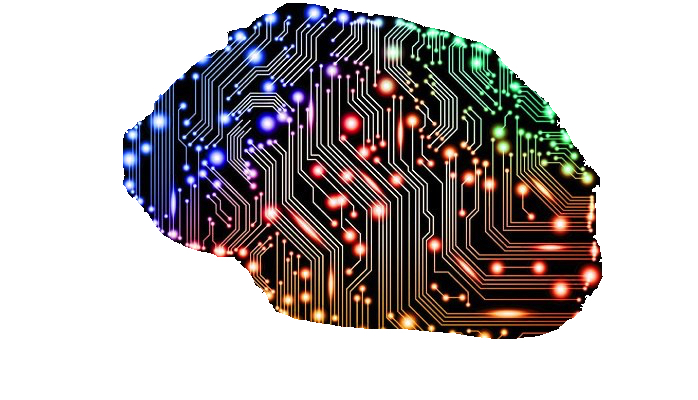Machine learning is the subfield of computer science that gives
"computers the ability to learn without being explicitly programmed."
Evolved from the study of pattern recognition and computational
learning theory in artificial intelligence, machine learning explores
the study and construction of algorithms that can learn from and make
predictions on data. Algorithms overcome following strictly static
program instructions by making data-driven predictions or decisions
through building a model from sample inputs. Machine learning is
employed in a range of computing tasks where designing and programming
explicit algorithms with good performance is difficult or infeasible.
Machine learning is closely related to and often overlaps with
computational statistics, which also focuses on prediction-making
through the use of computers. It has strong ties to mathematical
optimization, which delivers methods, theory and application domains
to the field.
Wikipedia Contributors. "Machine learning."
Wikipedia: The Free Encyclopedia.
Wikimedia Foundation, Inc. 13 Sept. 2017. Web. 13 Sept. 2017.,
en.wikipedia.org/wiki/Machine_learning
